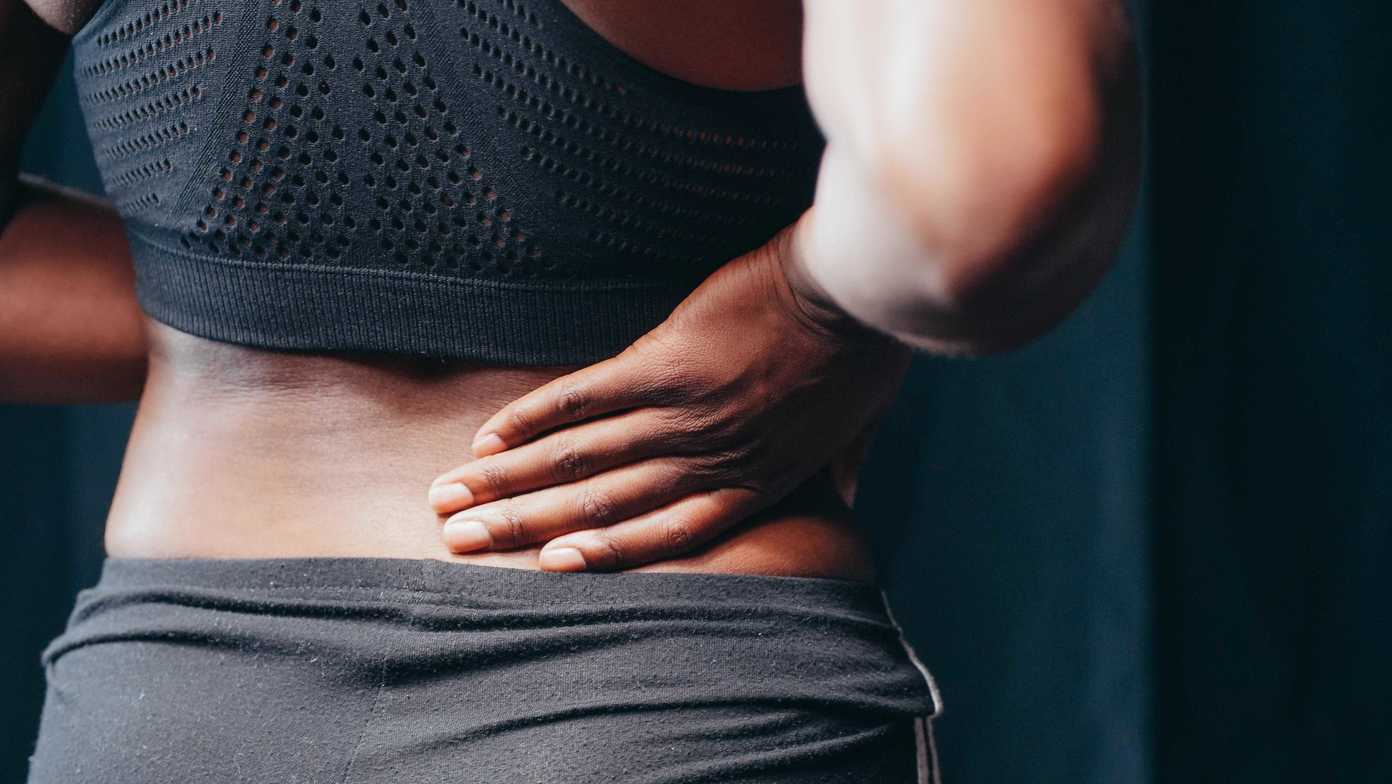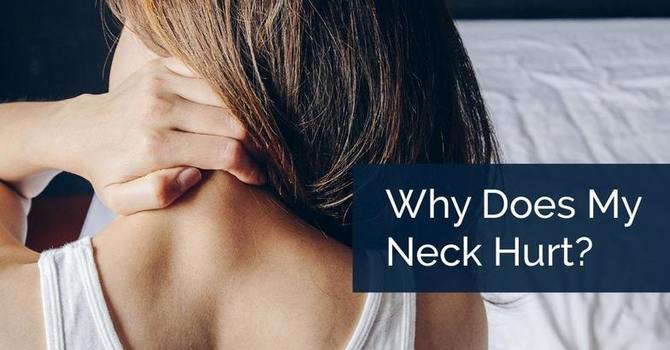
When you get up out of a chair, do you feel stuck bent over?
If so, you probably have tight low back and hip flexor muscles. Most Americans think that tight muscles are “normal” and that they just need to get used to it or pop some pills to make the discomfort go away. The good news is that there are steps you can take at home to improve how you move and feel.
Getting adjusted regularly by your chiropractor helps release pressure from your back and hip flexors. Research suggests getting your spine checked about every 2-4 weeks to keep your back moving at it’s best if you’ve had back pain in the past. In addition to chiropractic care, most people also need to do something on a daily basis at home to maintain flexibility in between adjustments.
Here’s some DIY steps you can take today to improve your back and hip flexibility:
Step 1: Do not sit or stand still for more than 30 min. Extended sitting (or standing) has been shown to cause chronically tight muscles. Change positions and move your body frequently. Motion is lotion! Walking, bending, squatting frequently is one of the best things you can do.
Step 2: Use a McKenzie Lumbar Roll when you sit.
Studies have shown that using a lumbar roll when you sit at the computer, watch TV or drive your car can significantly reduce low back and hip flexor tightness and even prevent back pain and sciatica flare ups. If you don’t have a McKenzie Lumbar Roll, please ask for one on your next visit. They are affordably priced at $20 each and provide years of support. We will even teach you how to properly use it and give you our special tips sheet.
Step 3: At least once a day, use your glutes! I like using the exercise “Bridges with Feet on a Chair”. I included a video at the bottom of this post where I talk you through the exercise step by step. It safely and effectively takes your glutes through their full range of motion and helps strengthen them without equipment. Start with the 2 leg version and work up to 3 sets of 10 repetitions each. When you are able, try adding in some 1 legged bridges too!
Most people notice their back and hips feeling better almost instantly after completing these three steps. If you don’t see results after a few days or if it hurts to do the bridge exercise, please stop and schedule a visit with me to find out why you’re having trouble. You shouldn’t feel any other than some stretching of your hip flexors and some good muscle “strain” along your glutes with the bridge movement.
--
Know someone with chronically tight back and hip flexor muscles? Please share this article with them! Book an appointment with me today!


